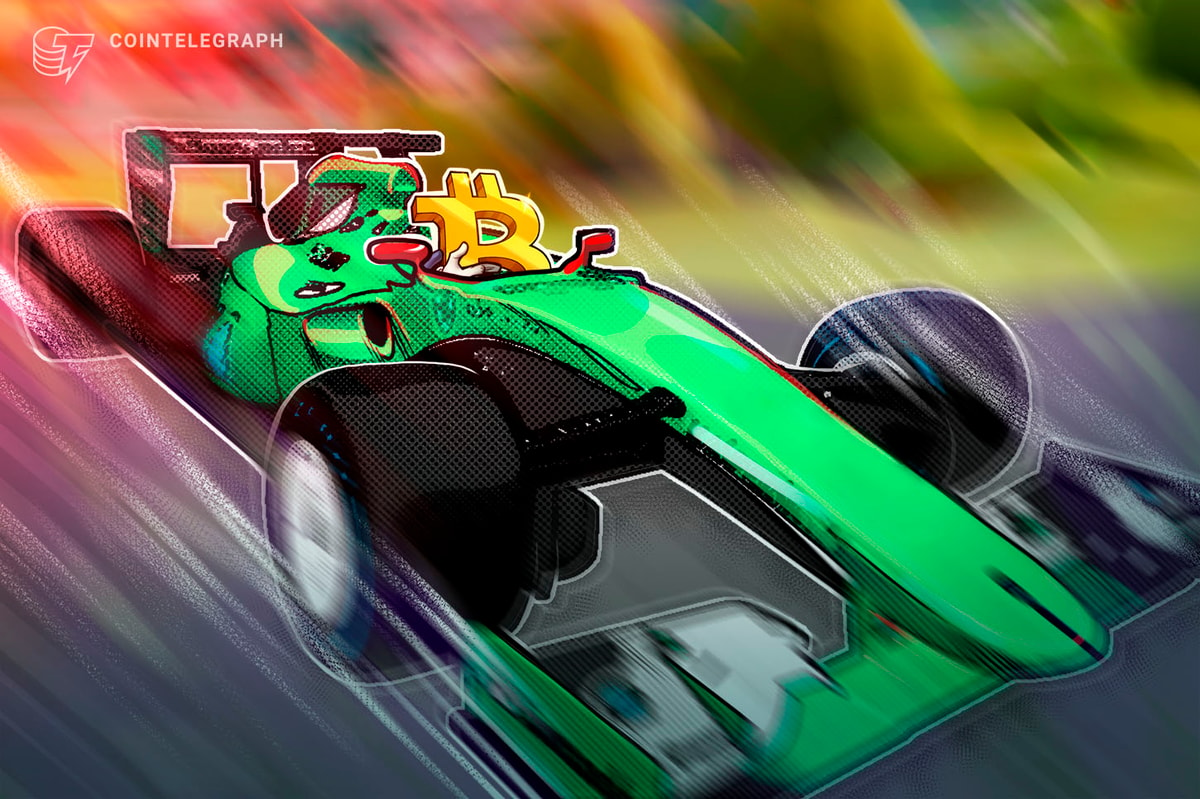“Buy low, sell high,” it’s some of the oldest investment advice in the book. Seasoned investors will often talk about buying the lows and selling the highs. It seems pretty straightforward, but sometimes it’s not. It is important to take impulse and emotion out of your decision making when riding the waves of the market, crypto or otherwise.
[Editor’s note: This is a guest article submitted by Mojtaba Asadian, Founder and CEO, Darico]
How can you successfully identify a legitimate low? How can you tell if a correction will continue or when it has truly hit the bottom? Will volatility and uptrend momentum be sufficient to make your deals worthwhile or will you lose what profits you’ve gained in fees?
To help you navigate the markets more easily, I’ve compiled a list of five key questions that you should ask before you buy.
Note: this is merely one perspective and should not be considered investment advice. It is important to do your own research before investing.
#1 How high was the high?
When looking at a low, you need to work out whether the cryptocurrency is likely to rise higher again. One good way to estimate this is to check whether the coin is on its way down after reaching an all-time high.
If it is, then you’ll want to wait a little before jumping in. Pure probability tells us that all-time highs are rare and if you’re looking to buy shortly after one has been reached, it’s unlikely that the coin will rise above that level anytime soon.
Better to wait and let the currency cool off for a while.
#2 Is the market yo-yoing or can you see a short-term trend?
Volatility may well be a sign of opportunity but if the market is volatile, then you’re going to have to stay on your toes to make sure you profit from your trading.
Yes, you can set limit orders to reduce any losses but why increase the chances of a loss by trading at a time of high volatility, when you can wait until a clear trend emerges to buy in.

Looking for short-term trends reduces risk but is much harder to do in a wildly fluctuating market than in a calmer market.
#3 Is this just the ‘dump’ side of a ‘pump and dump’ scheme?
Nobody likes to be taken for a fool but that’s exactly what ‘pump and dump’ practitioners are looking to do. Sudden highs, seemingly coming from nowhere, can be a sign of market manipulation and in young coins, they can indicate a pump and dump scheme.
Bitcoin recently fell sharply as the Mt Gox trustee off-loaded 41,000 BTC onto exchanges, proving that even the most mature cryptocurrencies can be open to manipulation (whether intentional or not).
One sign of a pump and dump scheme is a sudden rise in a recently issued coin. Similarly, if the coin has been around for a while but has shown no great signs of life, a sudden jump in its previously stable value is a sign that manipulators are at work.
Look at your target coin’s history, does it have one of any reasonable length? If so, are the movements you’re seeing today outside of the expected norm?
#4 Has the price turned?
Although it may seem counterintuitive, one way to reduce risk in a buy the low strategy is to buy once the tide has turned, thus trying to ensure that the price will rise from your buy point.
Naturally, this strategy will mean you cannot maximize profits from any given fluctuation but it also means you’re less likely to lose.

Always remember, trading is about making an overall profit, it’s not about making sure you get the most from any particular price movement. Some traders wait for a 10% to 20% rise before buying in after a correction and may even wait until 10% after the peak before selling out.
#5 Have you checked the news?
Whenever you see a change in a coin’s value, you should turn to trusted sources of news and information before acting on it. [Mainstream media sources are not recommended for the nascent cryptocurrency market, however.]
Are there any external factors that can account for the change and which can help you decide whether the movement is the start of a trend or just a quick one-off?
If so, the information will be invaluable in helping you decide whether it’s time to buy in, leave alone or to get out.
About the author: Mojtaba Asadian, Founder and CEO, Darico
Mojrabais a serial entrepreneur, author, and investor. He is the author of Money, Banking and Credit and What is Investing? He has been featured as a business leader in several regional and international publications, as well as Arabian Man Magazine, and holds an MBA from the University of Wollongong. He is also a certified International Investment and Wealth Manager from CISI. Previously, Mojtaba was Founder and CEO of Central Perk LLC, Founder and Managing Director of Blackhawk Capital Ltd and is currently Founder and CEO of Alpha & Beta Group.
Got any other tips for timing the dip buy? Share them below!
Images courtesy of Shutterstock









